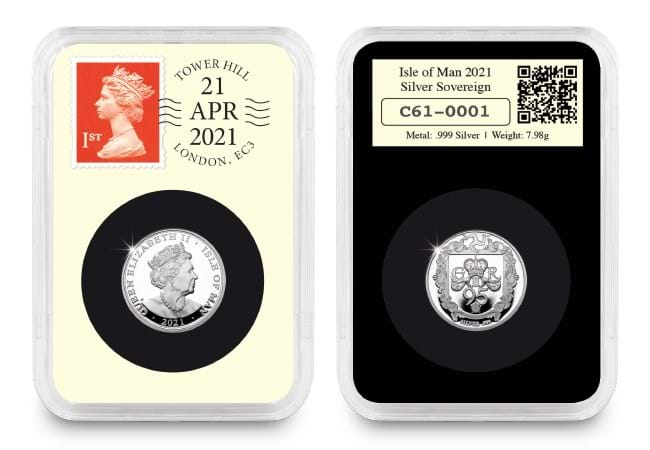Uncategorised
Only 500 collectors can own this WORLD FIRST
Today marks Her Majesty’s 95th Birthday.
And to mark this incredible Royal milestone the WORLD’S FIRST Silver Sovereign DateStamp™ has just been released.
But ONLY 500 are available WORLDWIDE at the incredible price of JUST £59.99 (+p&p).
And in my latest video I explain why you NEED to add this WORLD FIRST to your collection. But with just 500 available, I don’t expect it to be available for long.
If you’re interested…
Click here to be one of 500 collectors to own this WORLD FIRST >>
Everything you need to know about the UK’s FIRST domed coin!
Unboxing a MUST-HAVE Royalty collection with a TINY edition limit…
In my latest video I unbox a MUST-HAVE Royalty collection that celebrates Her Majesty’s 95th Birthday.
ONLY 295 collectors can own it worldwide, and 79% of the edition limit has already SOLD.
So I wanted to show you just why this set is proving to be such a hit with collectors in my latest unboxing video…
If you’re interested…
Click here to be one of ONLY 295 collectors to own this MUST-HAVE collection >>



